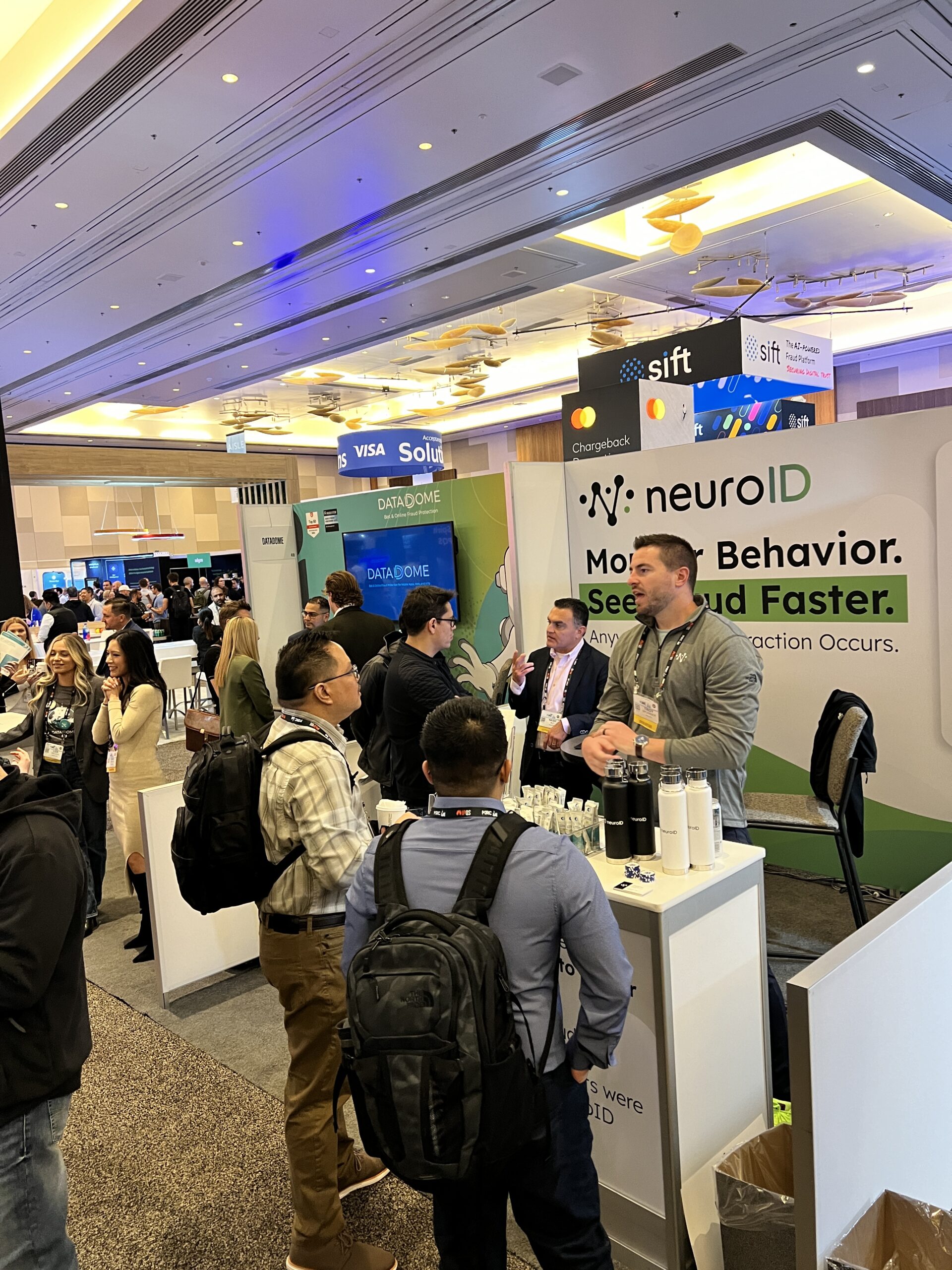
How to Improve Customer Experience Using Behavioral Analytics
The customer experience is the perception your business receives from your customers as they go through their journey. It is comprised of every interaction the customer has with a business, both positive and negative, and it influences their decision to make a purchase both now and in the future.
Customers expect to have an amazing experience with any business and having a good experience drives brand loyalty. Tracking the customer experience is not a simple thing, though, which is why we can see customer experience through the lens of behavioral analytics.
What Is Customer Experience Analytics?
Customer experience analytics is when you collect and assess data received from customers, like reviews they leave, how often they purchase from you, customer satisfaction surveys, and more. It is intended to help you learn more about what your customers expect from you so that you can make decisions based on the data in these analytics.
The problem with old customer experience analytics is they are not truly scalable, nor are they always an accurate representation of your customers. While they can start painting a picture of your customer experience, you are only seeing how the group of people who were willing to fill out a survey feel about your business. The people who are willing to fill out a survey are either loyal, happy customers or frustrated customers who want to vent; others that are somewhere in the middle will probably ignore the survey. It is the same thing with customer reviews.
This makes it challenging to effectively collect and interpret the data.
Understanding The Customer Experience Using Behavioral Analytics
What if you could have every session on your application monitored not just for whether they hovered or clicked, but for quantifiable behavior characteristics that can be aggregated and summarized to provide a complete picture of your users’ experience? Neuro-ID’s Friction Index was designed to do that for businesses. It collects real-time insights into the behavior of all of your users, while still keeping all of their personal information hidden.
You can learn what areas of your site or application are frustrating to them, where they hesitate, if there are certain places that they abandon, manipulate data, and more. Since you are getting real-time data on the customer experience, you can use the analytics to help you take action to make areas of your site more user-friendly.
Read More: What Is Behavioral Data?
Measuring The User Experience
One of the first goals to improve the customer experience is to determine where the emotional friction points are, emotions such as hesitation, frustration, confusion, etc. Neuro-ID collects and interprets customer interaction data so you can see where problems are. Once you have this analytical data on the customer experience, you can start improving it to make the experience more seamless for your users.
Once you have better information on where users have more hesitation or frustration, you can start investigating why they are experiencing these issues. Do you have confusing instructions in that location? Are the areas where they are hesitating in requiring critical information? Take time to understand the pattern of where users are dropping the application, getting frustrated, or hesitating for a long time before answering a question. This can be important to make improvements to your form.
Neuro-ID’s Friction Index highlights the areas of high-friction and high-hesitation, to drill down into individual user sessions for session-specific metrics, and to view interaction replays so you can truly understand the behaviors occurring within your application. This visibility enables you to make targeted adjustments to the experience of your application flow and then observe the results.
New Account Fraud Detection
One major reason why you might find users pausing in certain places is because they are trying to create fraudulent accounts. Since Nero-ID records user interaction data, you can use “metrics like interaction time, hesitation, automated entry, and time to enter responses,” to tell if someone is entering information that they are familiar with or if this is a scammer opening a fraudulent account. Having fraud detected so early in the application stage can save a business time and money.
Scammers have increased new account fraud in the last few years, either by making a fake identity or stealing an existing one. By using behavioral data and analysis, you can have better prevention for fraudulent accounts. Behavioral analysis shows you how a customer interacts with an application, to give you a better insight into who is a real customer and who is not. It also helps to determine who is truly a customer, narrowing down false positives — an innocent customer who is falsely flagged as a fraudulent account by recognizing user intent.
When a customer is falsely identified as a fraudulent user, approximately 33 percent of them will not return to the site again losing out on immediate revenue from that customer, future revenue from the customer returning, and word-of-mouth revenue from them sharing their positive experience with your business. Additionally, those false positive customers are most likely turning to your competition to make their purchase.
Improve The Customer Experience At Scale
Behavioral analytics better understand a customer’s intent when they interact with your site or form and can help reduce friction and abandonment rates by showing you where those points are. Since you are reducing fraudulent user behavior, you will also increase conversions, since you will not waste time with a fraudulent account. You will be able to enhance and improve the customer experience with these analytics.
How Behavioral Analysis Improves Customer Experience
One of the most common ways to improve the user experience is by using A/B testing, where you create two different designs and compare the results between the two of them. By comparing multiple versions of the same application, organizations can select the one with the best performance, but historically the underlying details of why one version performs better have been unavailable. Neuro-ID transforms this process by providing detailed behavioral analysis of user interactions so that application owners are able to understand the underlying drivers behind the performance of their applications and implement targeted modifications to ease friction and increase conversions.
Monitor And Improve User Experience With Real-Time Data
As more and more business is conducted online, the need to understand and adjust to the ways users experience online applications becomes more and more critical. Using Neuro-ID’s behavioral analytics will allow an organization to gain insight into previously unavailable visibility and understanding into the experiences of their users.
Moreover, Neuro-ID’s lightweight implementation enables monitoring and analysis across the entire user population with no need for sampling or being forced to review individual session recordings to gain an understanding of where friction exists within applications. Since Neuro-ID provides real-time data, you can better monitor your customer’s experience at scale so that potential issues are identified and remediated before negative impacts accumulate.
You can schedule a Demo with Neuro-ID today to see how behavioral analytics can improve your customer experience.
Tap into your behavioral data
Learn about Neuro-ID’s Behavior-as-a-Service platform and how to gain actionable insight in 3 easy steps


